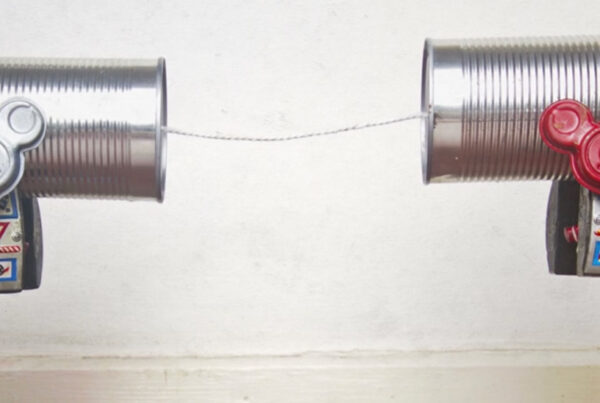One of the core issues for B2B marketing is often: “What is the customer willing to pay?”
The answer is simple (at least in theory): the price the buyer can accept (P) is the product’s perceived value (V) divided by the perceived risk of buying from you (R).
The perceived value (V) is the actual, rational value that your product or service can be expected to create for the buyer in the short- or long term. This value is almost always about your product’s or service’s ability to in some way contribute to higher revenues, lower costs or improved cash flow. And it is this value the buyer is interested in, as a B2B transaction almost always originates from a rational, defined need – to streamline a process, improve a product, etc. It is more the rule than the exception that the purchaser identifies the need and contacts those suppliers he or she believes have the ability to satisfy it.
The perceived risk (R) is the perceived value’s inverse. Just as rational as the value of your offer can be assessed, just as irrational is the buyer’s risk evaluation about buying from you. And just as easily as perceived value can be described, just as complex are the factors affecting perceived risk.
Let me generalize.
There are two kinds of risk variables in a B2B transaction: the degree of uncertainty concerning the transaction’s outcome, and the degree of negative consequence if a wrong decision is made.
The first variable, the risk of unwanted outcome, is very much a question of credibility – that is the buyer’s confidence in you as a seller. “Can they really deliver what they promise? Are we really going to save 20% in material costs?”
The second variable, the risk of making the wrong decisions, is about dealing with the consequences for both the company and the individual. “What is the result for the company if we make the wrong decision? How much does this risk expose me as a professional buyer?”
Examples of the perceived risk can be read about in Hawes & Barnhouse’s Study from 1987, in which they asked B2B buyers to rank the risks they perceived as most serious. “That I feel professionally incompetent” came in first, followed by, for example, “that the relationship with the company’s customers will be strained”, “that this reduces my chances of promotion” and “that my status among colleagues will be diminished”.
Risk assessment is substantially emotion-based. Fear of making a bad choice – a choice the buyer may subsequently regret. And, many times, the fear of making a bad choice is stronger than the desire to do good. “What has worked so far has, despite everything, worked. And the companies I know I do, after all, know.”
According to the IMP Group, B2B-transactions are characterized by buyers being reluctant to sever existing business relationships, and their concern about all the technical and logistical problems that may arise in connection with a possible change of supplier. But also by B2B buyers being reluctant to spend too much time making detailed evaluations and comparisons of competing brands.
In addition, the perceived risk in a B2B business is seldom linked to a single individual. In the vast majority of B2B purchases, the choice of appropriate supplier/brand is made by a group, explicitly or implicitly. In the end, this means it becomes a compromise – the lowest common denominator of the group’s perceived risk. The choice becomes the option that everyone in the group can accept (or believes to be acceptable), rather than the option that one or a few in the group prefer.
Put simply, it is more convenient for B2B companies to choose a supplier that everyone knows and has sufficiently high regard for than a brand that is unknown to most, but which has the (rationally) better offer. Paradoxically, that makes it easier to later defend the purchasing decision, both for oneself and one’s colleagues.
The bottom line is that the B2B buyer is prepared to pay more as the perceived value of a good or service increases, but only so long as the risk is deemed acceptable.
And as more and more brands in more and more industries become more and more similar in their offerings, it can often be more profitable – especially in terms of ‘closing the deal’ – to try to reduce the buyer’s perceived risk than to try to increase the perceived value.
This post was originally published in Swedish on the blog The Brand-Man. There, you can also read about the price formula for comsumer markets (also in Swedish).



